In a groundbreaking development that could revolutionize data storage, scientists have unveiled a DNA-based system capable of storing exabytes of information in just one gram of biological material. This innovation, often referred to as DNA "data hard drives," leverages the incredible information density inherent in genetic molecules, offering a potential solution to humanity's exponentially growing data storage needs.
The concept of using DNA as a storage medium isn't entirely new, but recent breakthroughs have dramatically improved its practicality. Researchers have developed novel encoding techniques that allow digital information to be written into synthetic DNA strands with unprecedented accuracy and efficiency. What makes this approach remarkable is its density - a single gram of DNA can theoretically store up to 215 petabytes (215 million gigabytes) of data, with some estimates suggesting even greater capacity as the technology matures.
Traditional data storage technologies are reaching their physical limits, facing challenges in both capacity and longevity. Hard disk drives and solid-state storage have served us well, but they degrade over time and require significant physical space for large-scale data centers. In contrast, DNA offers extraordinary stability - under proper conditions, genetic material can preserve information for thousands of years, as demonstrated by our ability to sequence ancient DNA from long-extinct species.
The process works by converting binary digital data (the 1s and 0s of conventional computing) into the four-letter alphabet of DNA bases: adenine (A), cytosine (C), guanine (G), and thymine (T). Advanced algorithms ensure error-free encoding and decoding, while biochemical techniques enable the synthesis and sequencing of these custom DNA strands. Recent improvements in both DNA synthesis and sequencing technologies have made the process faster and more cost-effective than ever before.
One of the most exciting aspects of this technology is its potential for archival storage. Important cultural, historical, and scientific data that currently requires carefully maintained server farms could instead be preserved in tiny vials of DNA. Imagine storing the entire contents of the Library of Congress in a space smaller than a sugar cube, with the information remaining readable for centuries without any power supply.
However, challenges remain before DNA data storage becomes practical for widespread use. The current cost of DNA synthesis, while decreasing rapidly, remains prohibitive for most applications. The speed of data writing and retrieval also lags behind conventional storage methods, making DNA better suited for archival purposes than for frequently accessed data. Researchers are actively working on solutions to these limitations, including the development of more efficient synthesis techniques and specialized hardware for DNA storage systems.
Several companies and research institutions are already investing heavily in this technology. Microsoft Research, for instance, has demonstrated a fully automated system that can store and retrieve data in DNA. Other startups are working on creating commercial DNA storage solutions that could hit the market within the next decade. The field is advancing so rapidly that experts predict we might see the first practical DNA storage products for specialized applications within five years.
The environmental implications of DNA data storage are particularly compelling. Traditional data centers consume enormous amounts of energy for both operation and cooling, contributing significantly to global carbon emissions. DNA storage, by contrast, requires no energy to maintain the stored information and could dramatically reduce the physical footprint of data preservation. In an era of increasing environmental awareness, this aspect alone makes the technology worth pursuing.
Beyond mere data storage, this technology bridges the gap between biology and information technology in profound ways. It raises fascinating questions about the future of computing and the nature of information itself. Some researchers speculate that DNA storage might eventually lead to biological computers or hybrid systems that combine traditional silicon with biological components.
As the technology matures, we can expect to see it first adopted for specialized applications where its unique advantages outweigh current limitations. Government archives, scientific databases, and corporate records that need to be preserved for decades or centuries are likely early candidates. Over time, as costs decrease and speeds improve, DNA storage may become more mainstream, potentially transforming how we think about preserving humanity's collective knowledge.
The development of DNA data storage represents more than just a technical achievement - it's a fundamental reimagining of how we store information. By harnessing the same molecule that nature uses to encode the instructions for life, scientists are creating what may become the ultimate solution to our information storage challenges. While hurdles remain, the potential is too great to ignore, marking this as one of the most exciting frontiers in modern technology.
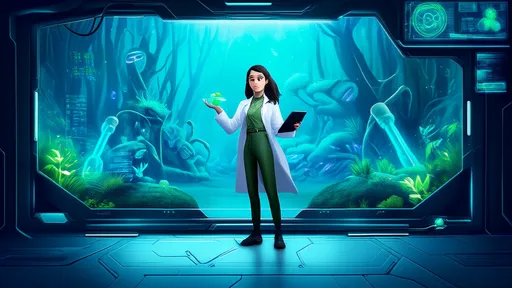
By /Aug 7, 2025
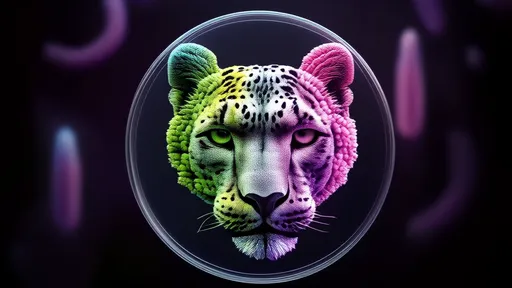
By /Aug 7, 2025

By /Aug 7, 2025
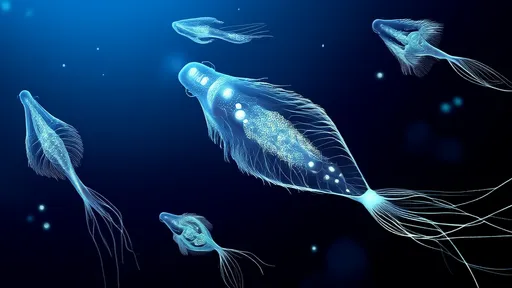
By /Aug 7, 2025
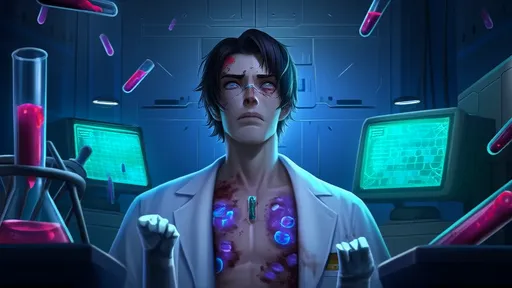
By /Aug 7, 2025
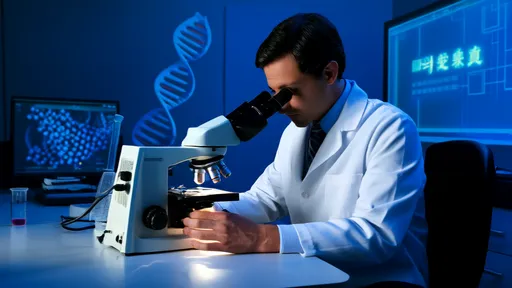
By /Aug 7, 2025
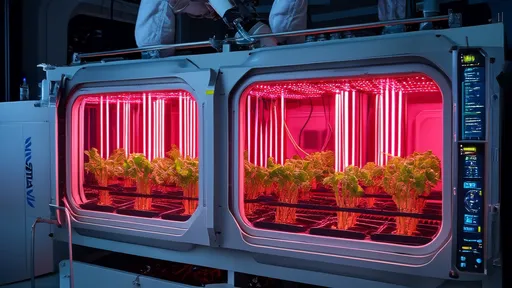
By /Aug 7, 2025
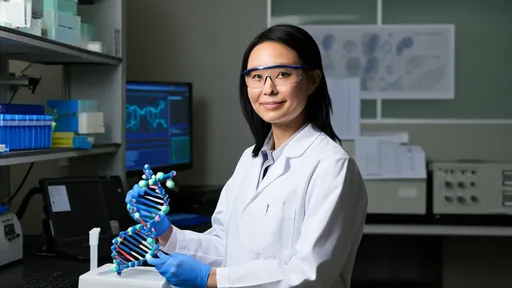
By /Aug 7, 2025
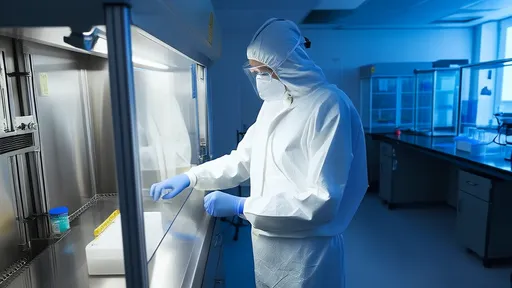
By /Aug 7, 2025
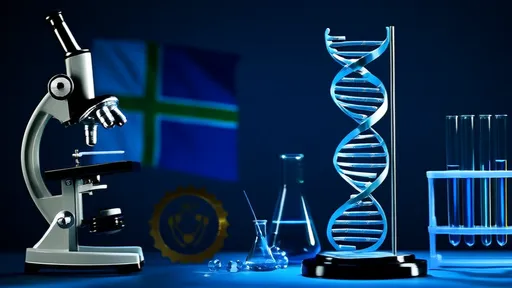
By /Aug 7, 2025
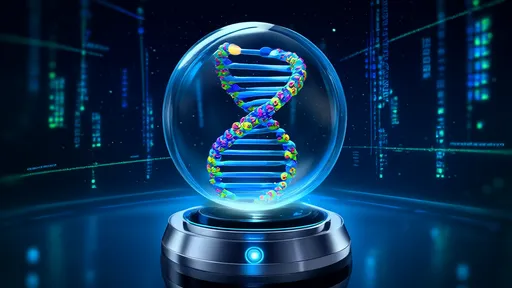
By /Aug 7, 2025
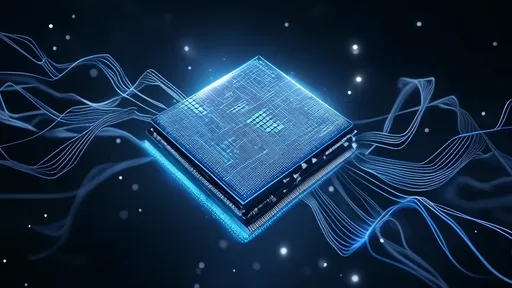
By /Aug 7, 2025
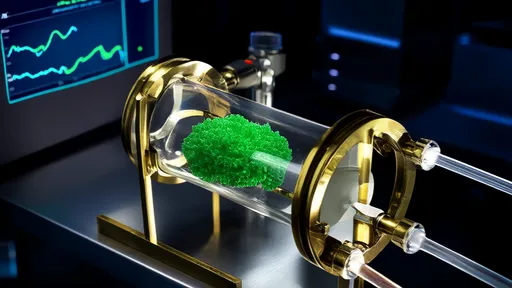
By /Aug 7, 2025
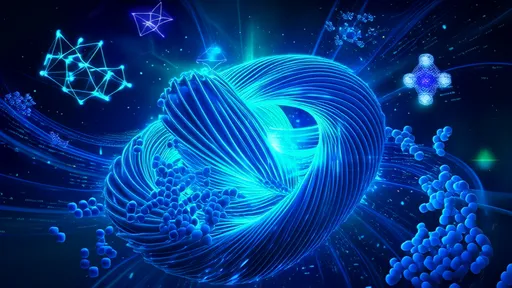
By /Aug 7, 2025
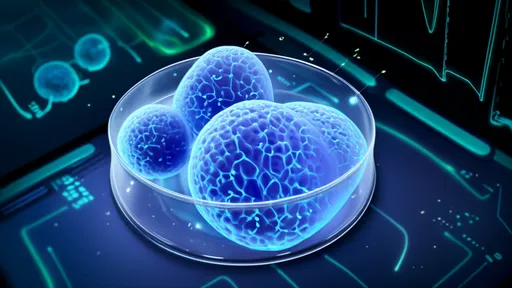
By /Aug 7, 2025
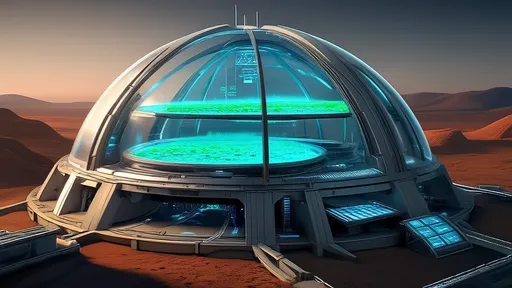
By /Aug 7, 2025

By /Aug 7, 2025

By /Aug 7, 2025
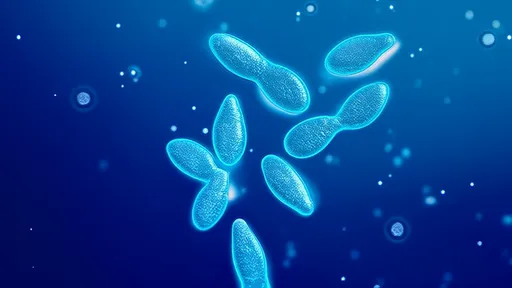
By /Aug 7, 2025
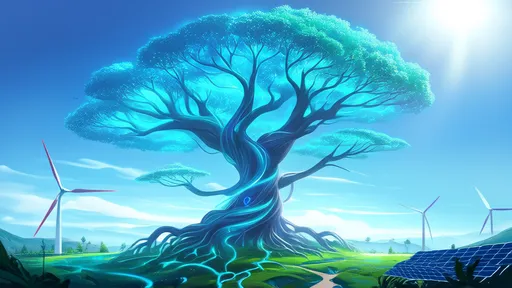
By /Aug 7, 2025